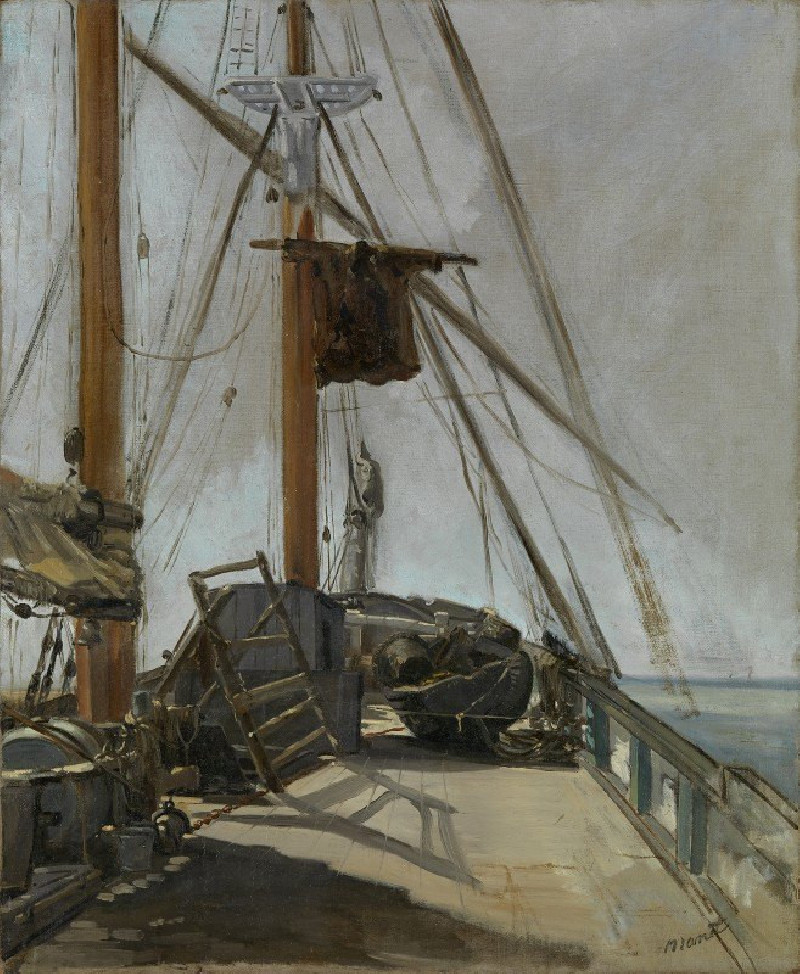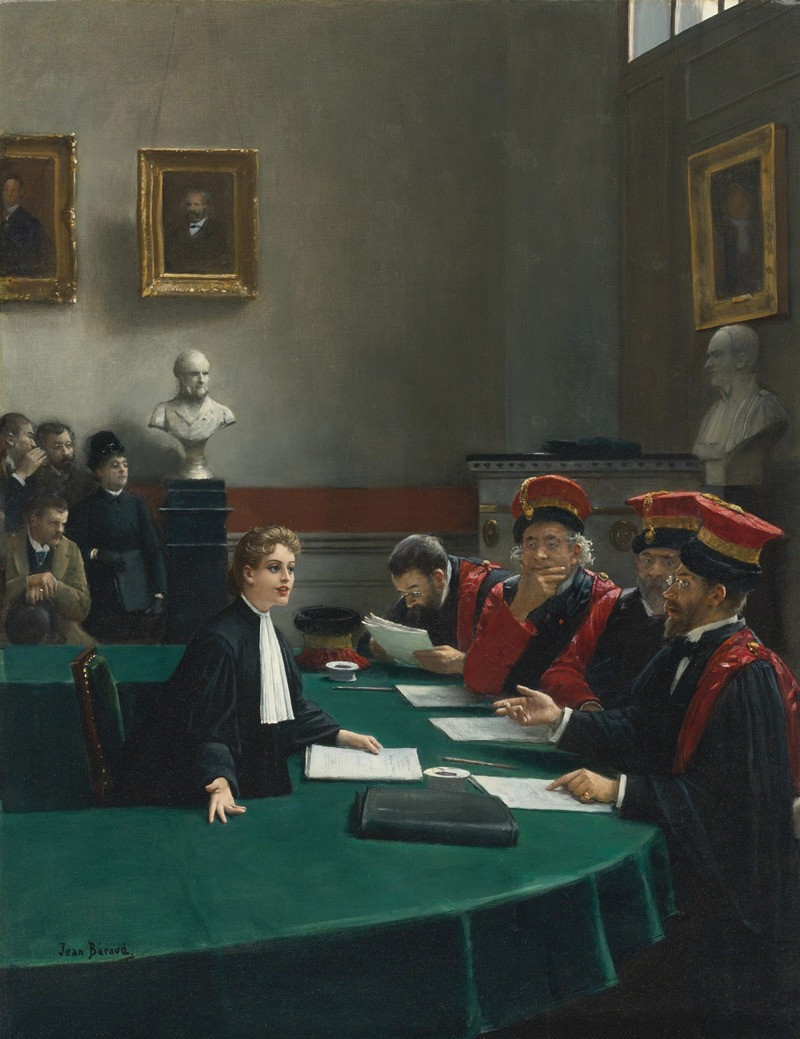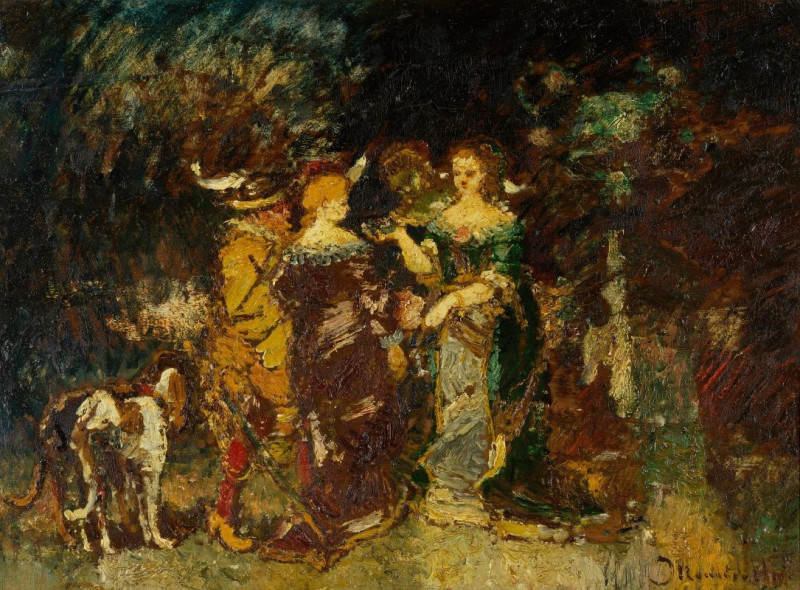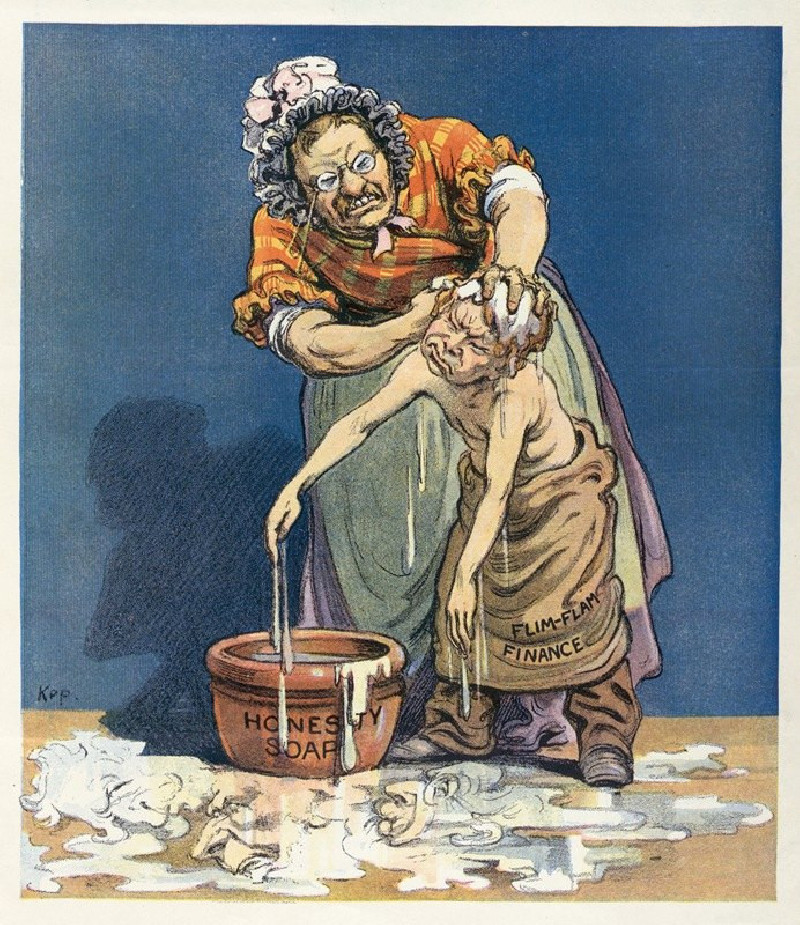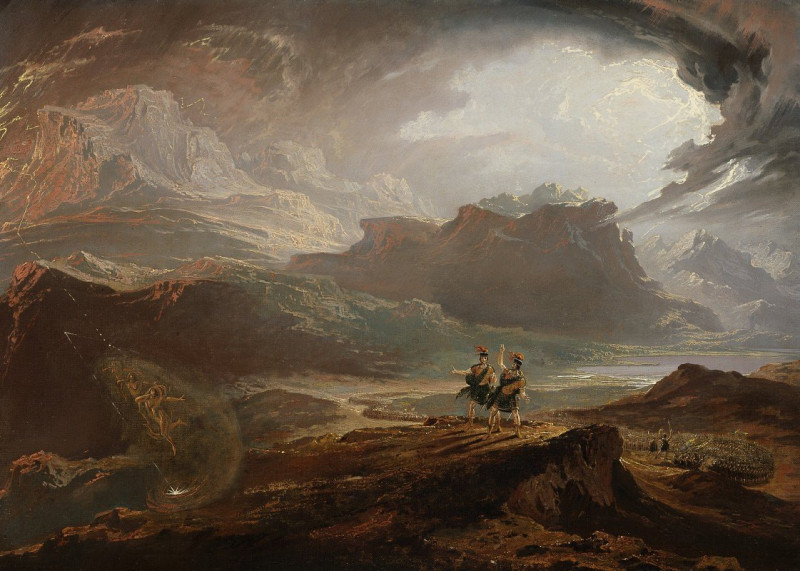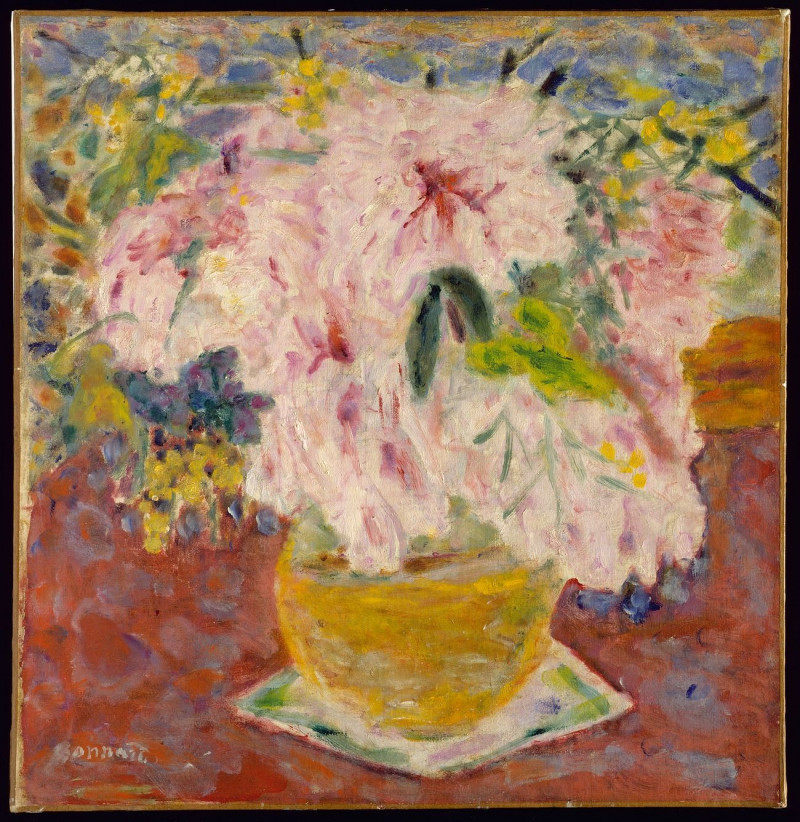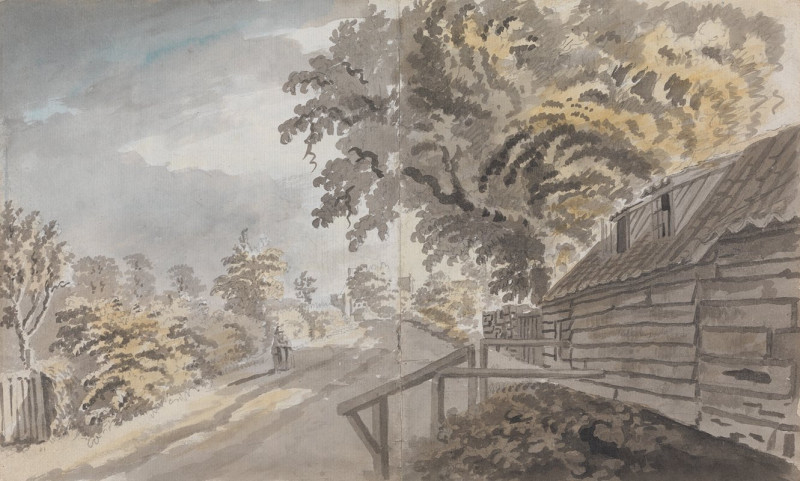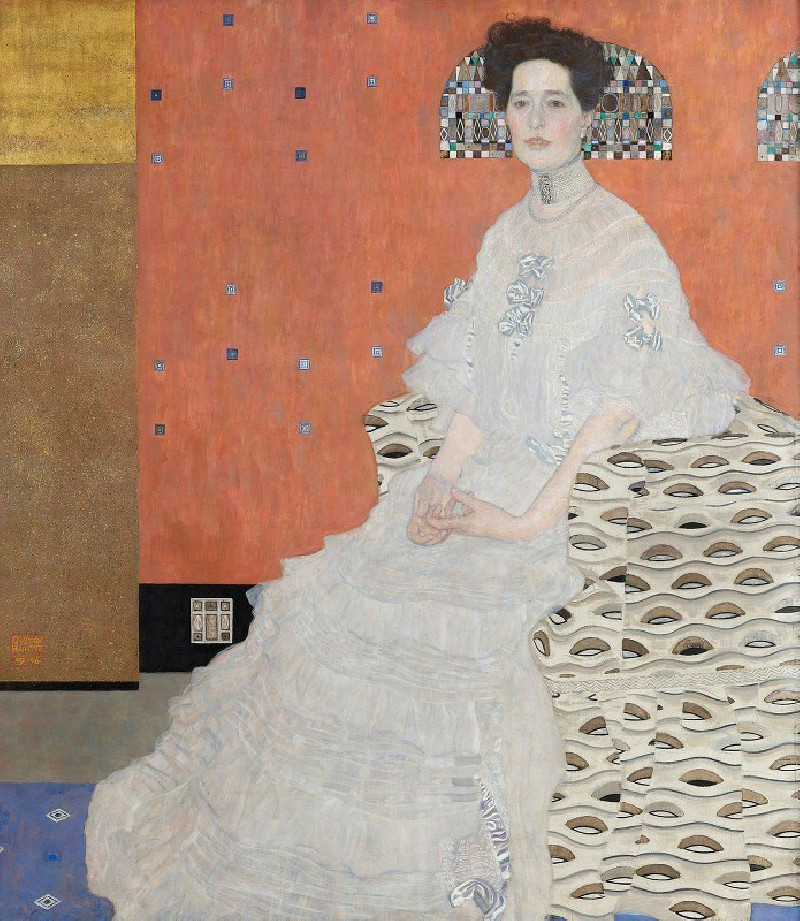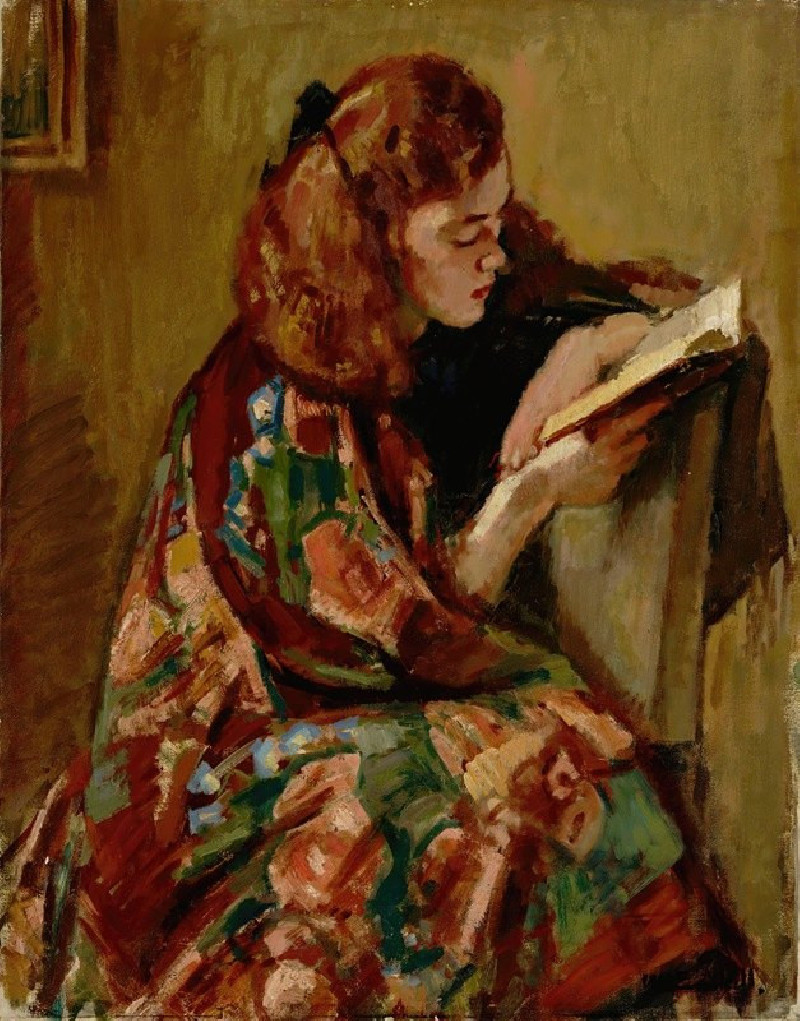The ship’s deck
Technique: Giclée quality print
Recommended by our customers
More about this artwork
We invite you to take a closer look at "The Ship's Deck," a captivating painting by the renowned French artist Édouard Manet. This artwork offers a unique perspective of life at sea, captured through Manet's masterful brushstrokes.In "The Ship's Deck," Manet's composition focuses on the various elements aboard a ship. Your eyes are first drawn to the large masts that dominate the scene, stretching vertically and cutting through the canvas. These masts are intricately rigged with ropes, hinting at the complex network essential for the ship's navigation.The foreground of the painting is cluttered with maritime equipment: coils of rope, wooden crates, and a tangle of sails. The deck itself shows signs of activity, suggesting that the ship is possibly in the moment of setting out or just arriving at a port. Manet's use of light and shadow, particularly on the deck floor, adds a sense of depth and texture, suggesting the movement of the sun overhead.In true Manet style, the painting possesses an almost unfinished quality, with broad, quick brushstrokes that lend a sense of immediacy and energy. This technique not only highlights the transient nature of life on the sea but also showcases Manet's avant-garde approach to art during his time."The Ship's Deck" is more than just a maritime representation; it is a snapshot of seafaring life, rendered with the unique artistic vision of one of the pioneers of Impressionism.
Delivery
Returns
Édouard Manet (1832–1883) was a French modernist painter and one of the first 19th century artists to paint modern life. His impressionist style is characterized by relatively small and thin brushstrokes that create emphasis on light depiction. Manet was one of the key artists in the transition from realism to impressionism, along with Claude Monet, Edgar Degas, and Pierre-Auguste Renoir. However, he resisted involvement in any one specific style of painting, and only presented his work to the Salon of Paris instead of impressionist exhibitions. His early masterworks, The Luncheon on the Grass and Olympia, created great controversy and served as a rallying point for other young painters.

